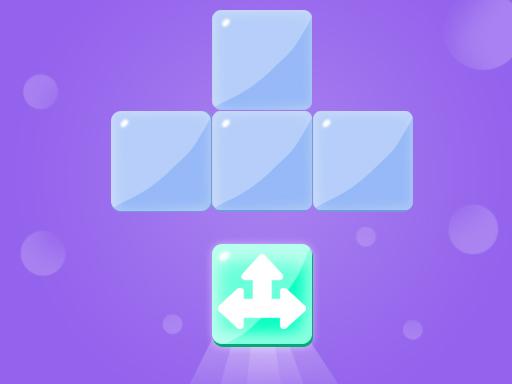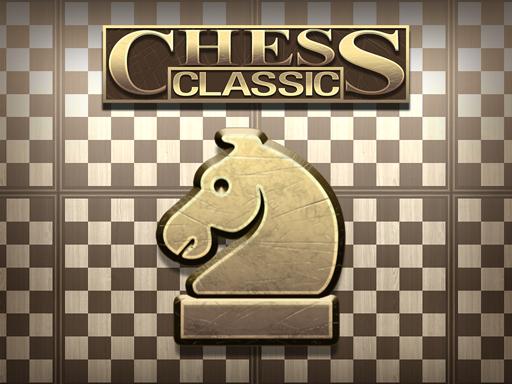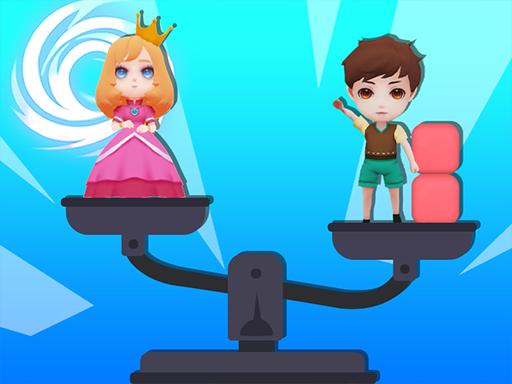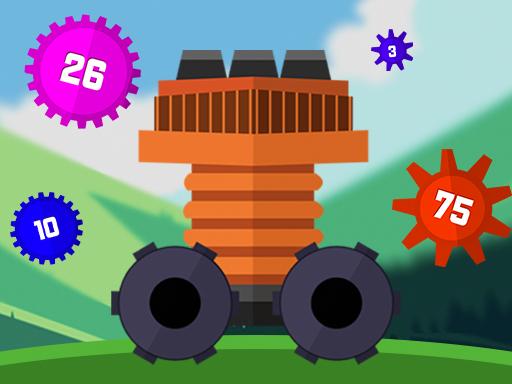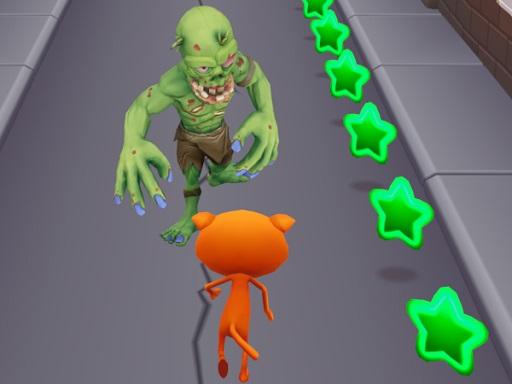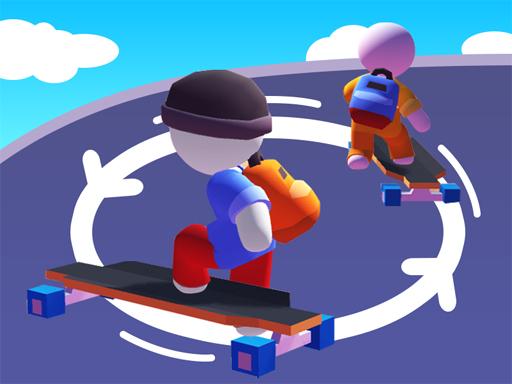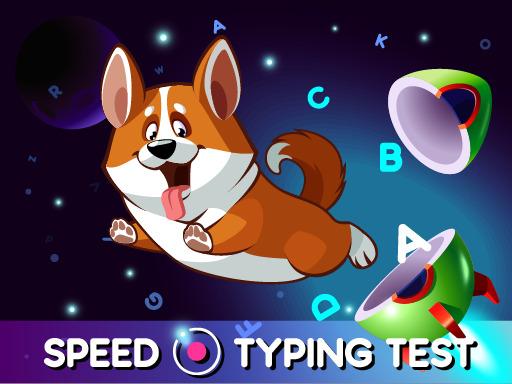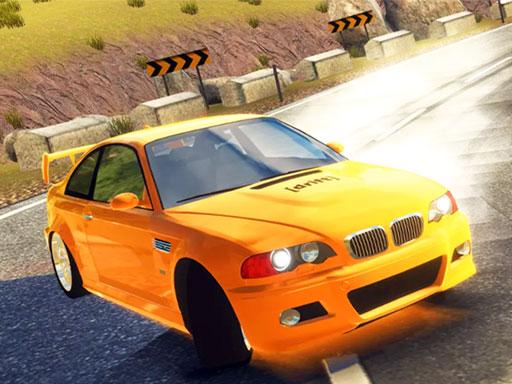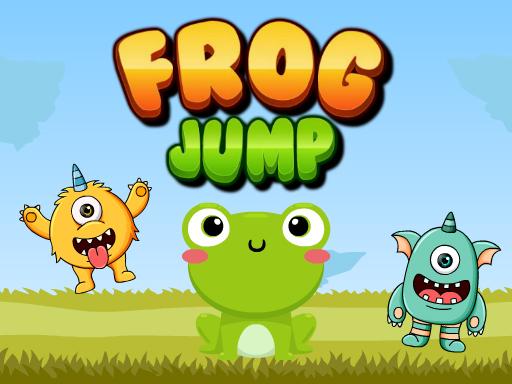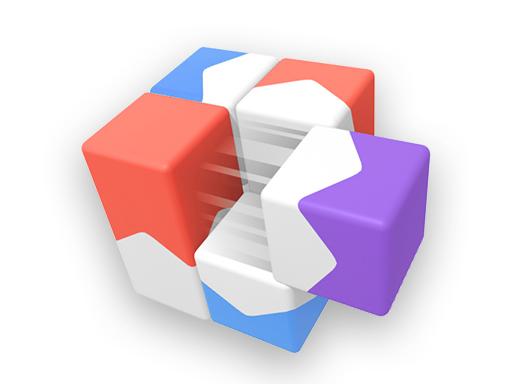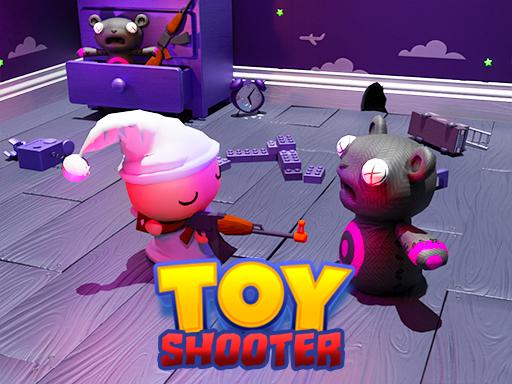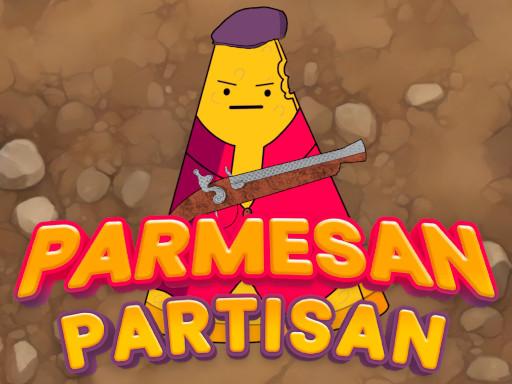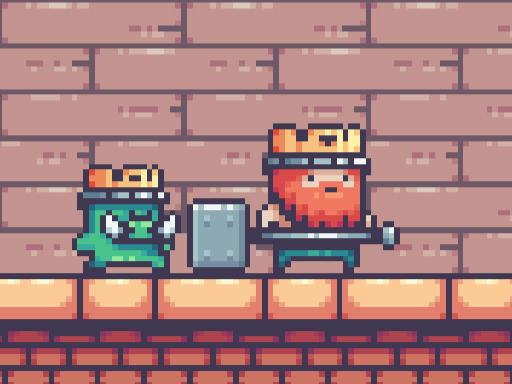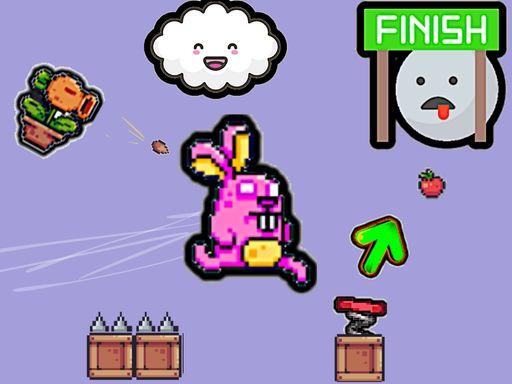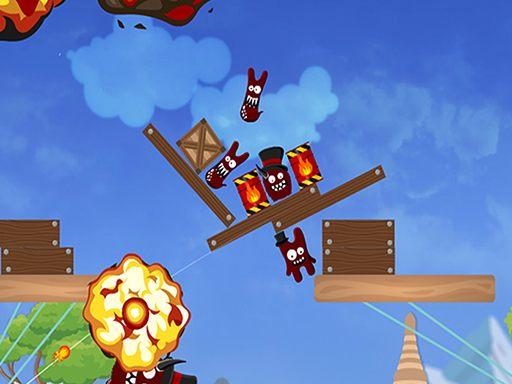Introduction and How to Play “Three Disks”
Three Disks is a strategic puzzle game that combines elements of logic and planning, challenging players to solve a classic problem involving disk movement. Typically based on the Tower of Hanoi puzzle, Three Disks requires players to move a set of disks from one rod to another, following specific rules. Although it may sound simple, it’s a game of increasing complexity that tests one’s analytical and problem-solving skills.
This guide provides an introduction to Three Disks, explains the mechanics and rules, and offers detailed strategies to help players improve their skills and master the game.
Overview of “Three Disks”
In Three Disks, players are presented with three rods (or pegs) and three disks of different sizes. The disks are usually stacked in descending order of size on one rod, with the largest disk at the bottom and the smallest disk on top. The objective is to move the stack of disks to another rod, following the game’s specific movement rules:
- Only one disk can be moved at a time.
- A larger disk cannot be placed on top of a smaller disk.
- All disks must eventually end up on the target rod in the correct order (largest on the bottom, smallest on the top).
The game requires careful planning, as each move affects the options available for the following moves. While Three Disks is a basic version of the Tower of Hanoi puzzle, it serves as an excellent introduction to the principles of logical sequencing, recursion, and algorithmic thinking.
Rules of Three Disks
To play Three Disks successfully, you’ll need to follow these essential rules:
- Starting Position: All three disks begin on the starting rod in descending order, with the largest disk at the bottom.
- Objective: Move all three disks to the destination rod, maintaining the descending order.
- Movement Constraints:
- Only one disk can be moved at a time.
- A larger disk cannot be placed on top of a smaller disk at any point.
- Intermediary Rod: Use the third rod as a temporary holding area. Since only one disk can be moved at a time, the intermediary rod is essential for transferring disks while adhering to the size-order constraint.
The minimum number of moves required to solve the three-disk version is 7 moves. This minimum is calculated based on the formula 2n−12^n – 12n−1, where nnn is the number of disks (in this case, 3).
Step-by-Step Guide to Solving Three Disks
To solve Three Disks in the minimum number of moves, follow these steps:
- Move Disk 1 (smallest disk) from the starting rod to the destination rod.
- Move Disk 2 (middle-sized disk) from the starting rod to the intermediary rod.
- Move Disk 1 from the destination rod to the intermediary rod, placing it on top of Disk 2.
- Move Disk 3 (largest disk) from the starting rod to the destination rod.
- Move Disk 1 from the intermediary rod to the starting rod.
- Move Disk 2 from the intermediary rod to the destination rod, placing it on top of Disk 3.
- Move Disk 1 from the starting rod to the destination rod, placing it on top of Disk 2.
By following these seven steps, you’ll have successfully moved all three disks to the destination rod in the correct order, completing the game with the minimum number of moves.
Strategies and Tips for Playing Three Disks
- Understand the Pattern: The Three Disks puzzle is based on a repeating pattern. In the Tower of Hanoi puzzle, each additional disk roughly doubles the number of moves required. Familiarizing yourself with the basic sequence for three disks can help you extend this strategy to more complex variations.
- Think Recursively: The solution to Three Disks involves breaking the problem into smaller sub-problems. Moving the smallest disk is typically the first move, and each move after that depends on the position of the previous disks. This recursive thinking is crucial for mastering more advanced versions of the game.
- Practice Visualization: Being able to visualize the end goal—a complete stack on the destination rod—helps you plan each move carefully. Before making a move, consider where each disk needs to be and plan the sequence of moves to achieve that.
- Use Trial and Error: If you’re new to Three Disks, don’t hesitate to experiment with different moves. With only three disks, it’s easy to backtrack and try again. This trial-and-error approach can help you understand the puzzle’s structure and prepare for solving it more efficiently.
- Memorize the Steps for Quick Solutions: Once you’ve learned the solution steps, you can apply them automatically whenever you play. Memorizing the solution allows you to complete the puzzle faster and reinforces your understanding of logical sequences.
- Challenge Yourself with More Disks: After mastering the three-disk version, you can challenge yourself by adding more disks. The logic and principles remain the same, but the complexity increases with each additional disk.
Variations and Advanced Challenges
While Three Disks is the most basic version of the Tower of Hanoi puzzle, there are various ways to make the game more challenging:
- Increase the Number of Disks: Adding more disks to the puzzle increases the complexity exponentially. For example, solving the puzzle with four disks requires 15 moves, and five disks require 31 moves.
- Time Limits: Adding a timer can make the game more challenging by forcing you to think quickly and optimize each move.
- Limited Rods: Some advanced versions limit the use of the intermediary rod, requiring players to complete the puzzle with fewer available spaces.
- Reverse Tower of Hanoi: In this variation, the objective is to reverse the order of the disks on the same rod without breaking the size-order rule. This adds an extra layer of complexity to the game.
Final Thoughts
Three Disks is a deceptively simple game that introduces players to fundamental principles of logic, planning, and sequencing. Though it may seem straightforward, mastering Three Disks requires practice, patience, and a solid grasp of problem-solving techniques. By learning the optimal moves and understanding the puzzle’s recursive nature, players can quickly improve their skills and tackle more complex versions of the game.
Whether you’re a beginner looking to improve your logical thinking or an experienced player seeking a strategic challenge, Three Disks offers an enjoyable and intellectually stimulating experience. With persistence and practice, you’ll be able to complete the puzzle in record time, and perhaps even take on more challenging versions to test your skills further.

